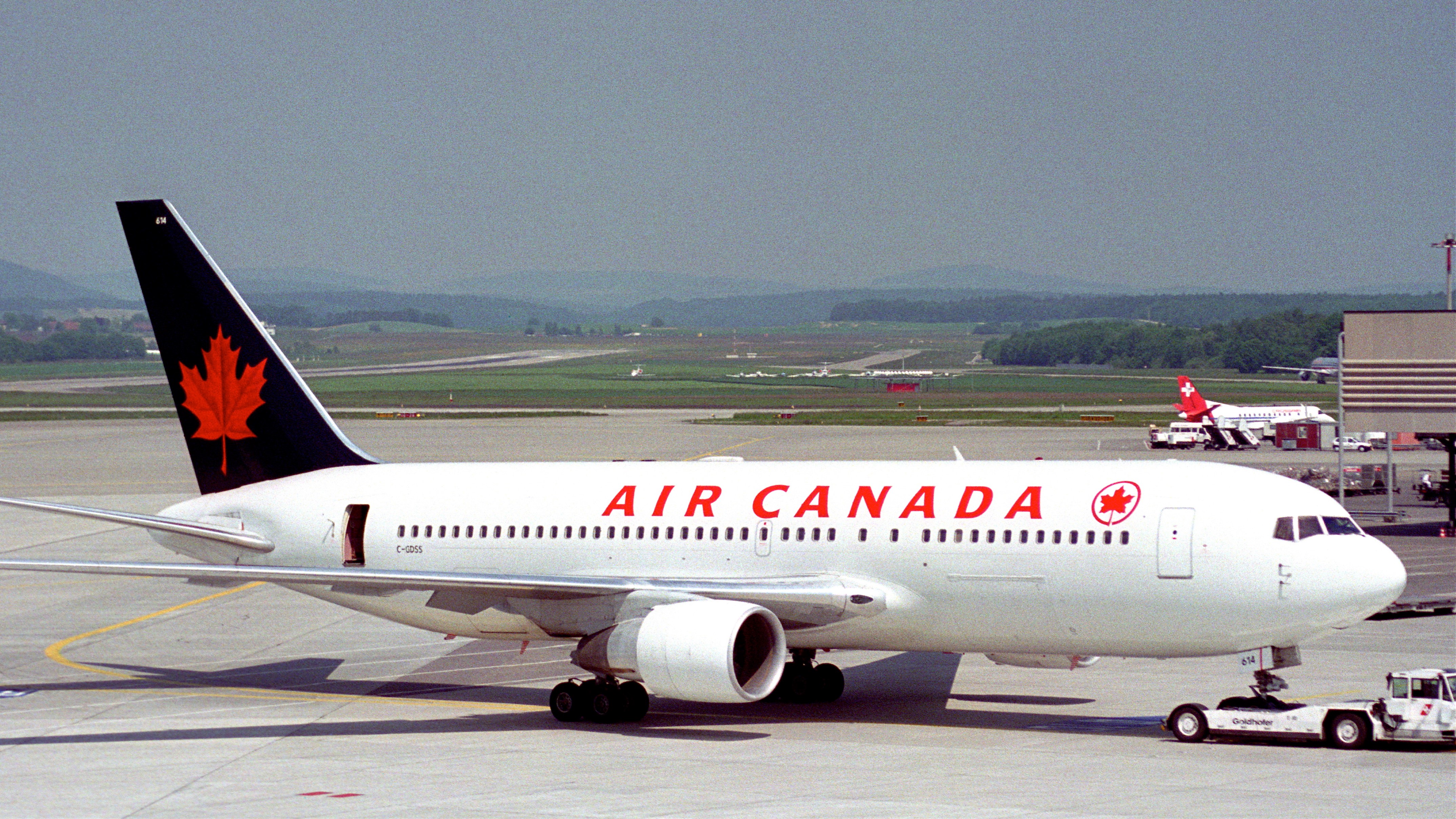Looking back at the previous year is one of the best ways investors can gauge the direction and intensity of stock price movements for companies over the medium term in a bid to determine whether the increases (or decreases) seen by such firms will be repeated in 2018, or if such movements were one-offs, soon to be reset in the year to come.
Air Canada (TSX:AC)(TSX:AC.B) was one of Canada’s top five best-performing equities traded on the TSX in 2017, posting a return of nearly 90% during the fiscal year. While annual double-ups should not be considered commonplace, it is true that Air Canada has increased more than 3,100% in less than nine years (that’s an annualized return of approximately 50%). While momentum investing may not be as useful a long-term investing tool as value-based investing, this roller coaster appears to have only one direction: up — and for good reason.
Air Canada has remained a discount value play, despite earnings which have been rising at rates comparable to, or better, than its competitors in recent years. The fresh memory that investors have (not even a decade old) of Air Canada being on the brink of bankruptcy is hard to erase.
Competitors such as WestJet Airlines Ltd. or American counterparts United Continental Holdings Inc., Delta Air Lines, Inc., American Airlines Group Inc., and Southwest Airlines Co. have also seen profits rise to record or near record levels; however, the fact that Air Canada has continued to post new records on what seems to be a quarterly basis has invited many analysts and investors to rethink the current discount demanded for Air Canada.
In this past quarter alone, Air Canada has posted record results in its EBITDAR, liquidity, customer count, and earnings (operating and net), along with record earnings per share. The ability of Air Canada to effectively execute on a plan to grow its presence outside Canada and reduce operational headwinds related to its employee base (though employee pensions and other collective bargaining issues remain) has resulted in a leveling of the playing field in which Air Canada hopes to transform itself from a large, clunky union-driven organization with little in the way of innovation or growth to a full-blown international competitor to some of the biggest and best airlines out there competing on service and quality.
While Air Canada undoubtedly has a ways to go to achieve such a goal, many tactical moves made by the company in 2017, such as upgrading its rewards program, paying down debt (another huge overhang for some investors), and growing globally has improved its reputation in the investing community considerably.
With Air Canada growing only 3% in Canada, yet more than 9% overall, driven by growth in the Far East and other non-North American routes, Air Canada’s potential to continue to grow should not be underappreciated by the market in 2018.
Stay Foolish, my friends.







